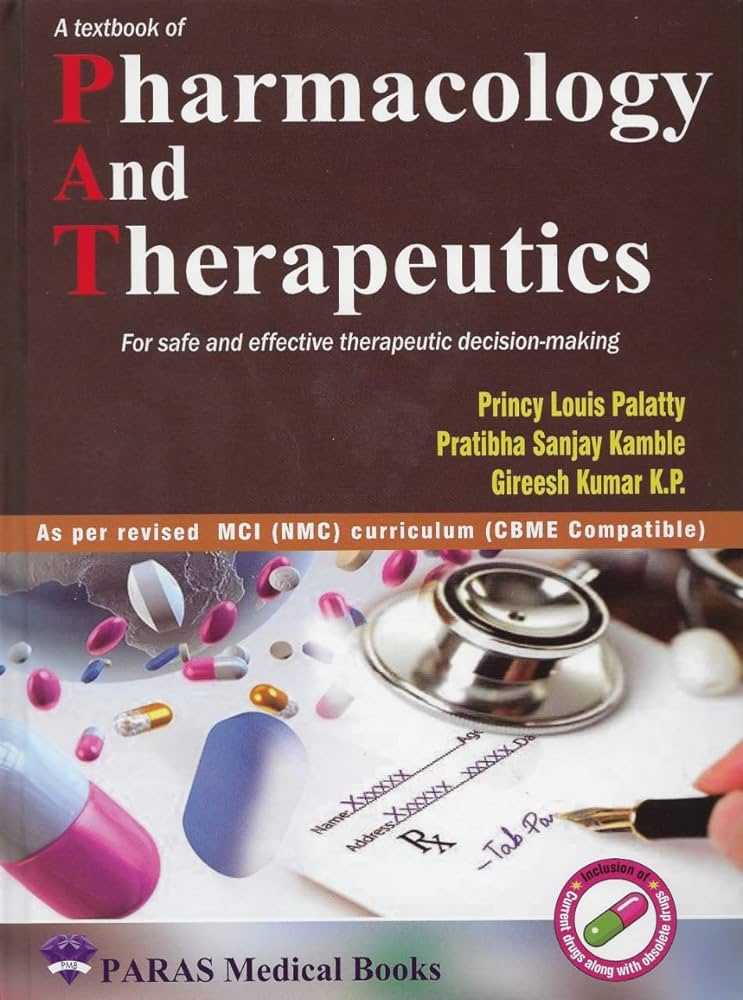视网膜导向基因治疗:成就与挑战
IF 12.5
1区 医学
Q1 PHARMACOLOGY & PHARMACY
引用次数: 0
摘要
基因治疗是一种创新的医学方法,通过转移、纠正、失活或调节基因来补充、替代或修改基因功能,为先天性和获得性疾病提供了新的治疗选择。rpe65相关视网膜病变的基因治疗药物voretigene neparvovec (Luxturna)的批准,标志着视网膜基因治疗领域的一个里程碑,但也有助于加速影响其他器官的遗传性疾病的基因治疗的发展。Voretigene neparvovec是一种基于腺相关病毒(AAV)的载体,它提供RPE65的功能拷贝,以补充该基因缺失的功能。基于aav的基因传递已被证明是多功能和安全的遗传物质转移到视网膜细胞。然而,在使用该技术治疗其他遗传性和获得性视网膜病变方面仍然存在挑战。尽管在这一领域具有很高的活性,但自voretigene neparvovec以来,还没有其他AAV基因疗法被批准用于视网膜疾病。正在进行的研究重点是通过创新策略,如AAV衣壳工程、双AAV载体系统或CRISPR/ cas介导的基因组编辑来克服当前的限制。此外,AAV基因疗法正在探索通过靶向参与退行性过程的病理生物学分子来治疗复杂的获得性疾病,如年龄相关性黄斑变性(AMD)和糖尿病性视网膜病变(DR)。本文综述了视网膜基因治疗的现状,强调了当前的挑战和未来的方向。本文章由计算机程序翻译,如有差异,请以英文原文为准。
Retina-directed gene therapy: Achievements and remaining challenges
Gene therapy is an innovative medical approach that offers new treatment options for congenital and acquired diseases by transferring, correcting, inactivating or regulating genes to supplement, replace or modify a gene function. The approval of voretigene neparvovec (Luxturna), a gene therapy for RPE65-associated retinopathy, has marked a milestone for the field of retinal gene therapy, but has also helped to accelerate the development of gene therapies for genetic diseases affecting other organs. Voretigene neparvovec is a vector based on adeno-associated virus (AAV) that delivers a functional copy of RPE65 to supplement the missing function of this gene. The AAV-based gene delivery has proven to be versatile and safe for the transfer of genetic material to retinal cells. However, challenges remain in treating additional inherited as well as acquired retinopathies with this technology. Despite the high level of activity in this field, no other AAV gene therapy for retinal diseases has been approved since voretigene neparvovec. Ongoing research focuses on overcoming the current restraints through innovative strategies like AAV capsid engineering, dual-AAV vector systems, or CRISPR/Cas-mediated genome editing. Additionally, AAV gene therapy is being explored for the treatment of complex acquired diseases like age-related macular degeneration (AMD) and diabetic retinopathy (DR) by targeting molecules involved in the pathobiology of the degenerative processes. This review outlines the current state of retinal gene therapy, highlighting ongoing challenges and future directions.
求助全文
通过发布文献求助,成功后即可免费获取论文全文。
去求助
来源期刊
CiteScore
23.00
自引率
0.70%
发文量
222
审稿时长
90 days
期刊介绍:
Pharmacology & Therapeutics, in its 20th year, delivers lucid, critical, and authoritative reviews on current pharmacological topics.Articles, commissioned by the editor, follow specific author instructions.This journal maintains its scientific excellence and ranks among the top 10 most cited journals in pharmacology.

 求助内容:
求助内容: 应助结果提醒方式:
应助结果提醒方式:


